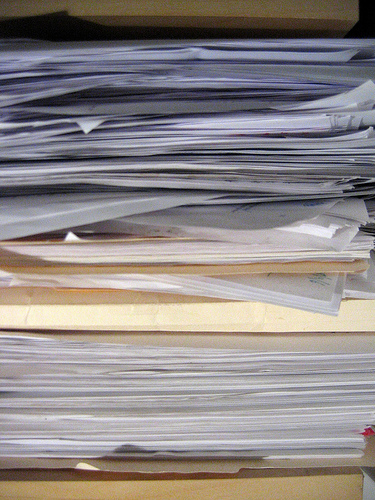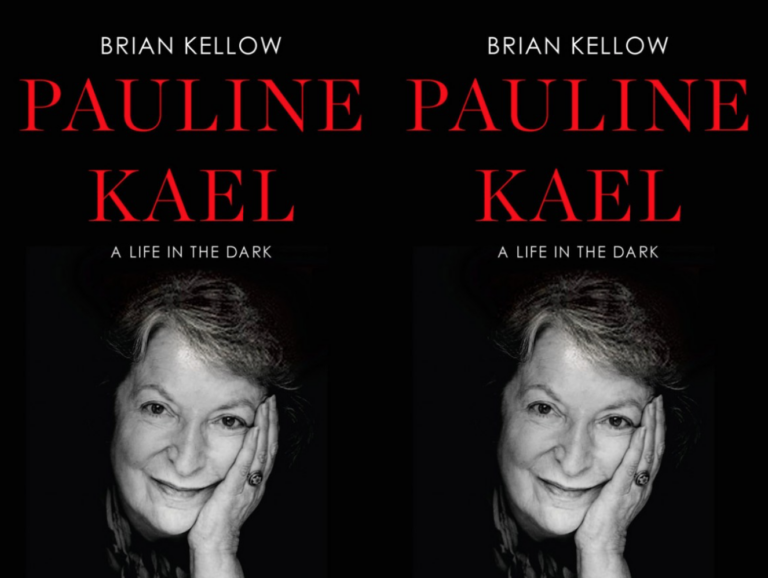Literary Boroughs #25: Milwaukee, Wisconsin
The Literary Boroughs series will explore little-known and well-known literary communities across the country and world and show that while literary culture can exist online without regard to geographic location, it also continues to thrive locally. Posts are by no means exhaustive and we encourage our readers to contribute in the comment section. The series will run on our blog from May 2012 until AWP13 in Boston. Please enjoy the twenty-fifth post on Milwaukee, Wisconsin, by Mollie Boutell. —Andrea Martucci, Ploughshares Managing Editor
When most people think of Milwaukee, they think of beer, brats, and baseball. Maybe bowling. (And brr!) Rarely does anyone think books, but maybe they should. Milwaukee is home to outstanding independent bookstores (yes, plural), a great library system, and one of the country’s oldest Ph.D programs in creative writing. The winters are cruel, but summers offer nonstop excitement along the lakefront, and our beaches and parks (now with beer!) are perfect for writers and readers who like a little sunlight with their lit. On top of all this, Milwaukee is the birthplace of the typewriter.
What the city is known for:
As above: beer, brats, baseball, and bowling. Also Harley-Davidson. Also The Fonz.
Resident writers:
Hog Butcher for the world
tool maker, stacker of wheat—
Right. That poem’s called “Chicago,” not Milwaukee. Chicago, where Sandburg—and so many others—moved after spending a few years in Milwaukee. Had Sandburg stayed here, of course, that line would have been “tool maker, malter of wheat.” But it’s not. While in Milwaukee, Sandburg worked as a journalist, an organizer for the Social-Democratic party, and personal secretary to Socialist mayor Emil Seidel.
These days, you’ll find many of the city’s poets and fiction writers around UW-Milwaukee, including Kimberly Blaeser, Liam Callanan, Brenda Cardenas, George Makana Clark, Rebecca Dunham (@rfdunham), Susan Firer, Maurice Kilwein Guevara, John Koethe, and Valerie Laken. Off the UWM campus, some of Milwaukee’s writers are Antler, Lauren Fox (@laurenfoxwriter), John Goulet, CJ Hribal, Peggy Hong, Lesley Kagan, Marilyn Taylor, and Larry Watson.
Literary references:
There are not nearly enough. And, really, it’s inexcusable. When authors want to set their novels in Wisconsin, they tend to go all Little House in the Big Woods on us. They pounce on our white-painted resort towns, the lush bluffs out west, farm towns, the solitude of our many inland lakes, and the thick forest of “up north.” Nothing wrong with that, but in Milwaukee, characters can attend a festival, take in art, paddleboat a lagoon, sip a latte, sip a beer, and lounge on the beach all in the span of a short bike ride. (As can you–in summer.) Still, not everyone neglects us. Milwaukee shows up in John Goulet’s Yvette in America, Lauren Fox based Still Life With Husband here, and Lesley Kagan slipped a nostalgic Milwaukee into her novels Whistling in the Dark and Good Graces. Ayad Akhtar, a Milwaukee native, based American Dervish here, and Pauls Toutonghi’s Red Weather takes place in Milwaukee as well.
Where to learn:
UW-Milwaukee is home to one of the oldest creative writing Ph.D programs in the country and boasts an outstanding faculty. Students here also work in creative writing at the MA and undergraduate levels, with loads of opportunities to get involved: the program keeps busy from September to May writing and bringing lit to Brew City in the form of student-faculty readings, visiting writers, cream city review (@creamcityreview), Furrow (UWM’s undergraduate literary journal), poetry in restaurants, poetry on coffee sleeves, and at one time, poetry on buses.
Mt. Mary College offers an MA and BA with a concentration in writing while Marquette University, Carroll University, and Cardinal Stritch University all offer undergraduate concentrations in writing.
If you’re simply looking for a workshop, and not a degree, there are lots of options. UWM’s School of Continuing Education (@UWMContinuingEd) offers courses in writing such as memoir, children’s books, screenwriting, and more. Redbird Studio features workshops on everything from getting started to getting published. Woodland Pattern Book Center (@WoodlandPattern) also offers writing classes for both adults and children. Finally, Milwaukee Writers Workshop (@MKEWorkshop) and the annual WriteCamp (@writecampmke) provide even more opportunities for writers to mix, mingle, and critique.
Where to find reading material:
Boswell Book Company (@boswellbooks) on Downer Avenue doesn’t merely sell books. The store is actively involved in all things literary, bringing in a dizzying number of touring authors as well as tirelessly providing space and support for local, emerging authors. And its booksellers are extraordinary—these are people who can’t help themselves. Who deliver insightful, impromptu reviews. Who will hunt you down in the street or cozy up to you at a bar and gently place a book in your hand, insisting, “Read the first story.” The first one is free, of course, and you will be buying the book.
Woodland Pattern Book Center in the Riverwest neighborhood is a Milwaukee institution. Opened in 1979, Woodland Pattern houses independent titles numbering in the tens of thousands, shelves and shelves of chapbooks, and what is said to be the largest collection of poetry in the nation. Like Boswell, Woodland Pattern is heavy on community involvement and plays host not just to writers, but artists and musicians as well.
Other great choices for reading material include People’s Books Co-op, Downtown Books Bought and Sold, and, of course, the Milwaukee Public Library. There are 13 locations within the city plus another 14 suburban libraries with which it shares books and resources, meaning you’ll probably find what you’re looking for, and easily. All this access is great, but the main branch downtown is worth a stop for its architecture alone. The library also hosts countless literary events throughout the year. Another option: Little Free Libraries are popping up all over town, offering the chance to discover and exchange books right in our neighborhoods.
Where to get published:
UWM creative writing graduate students staff the 37-year-old cream city review, which has a history of publishing both established and emerging writers. Newer and nearby literary journals with a connection to Milwaukee include Great Lakes Review, Mayday Magazine, Brawler (@BrawlerLit), Porcupine, and UWM’s undergrad literary magazine, Furrow. Milwaukee’s alt-weekly Shepherd Express also publishes poetry. Small presses in the area include New American Press, Plumberries Press, and Rescue Press.
Where to write:
Perhaps, like me, you do not have an inspiring writing studio of your own. That’s okay, because Milwaukee makes it easy enough to find a good writing perch. If coffee shops are your thing, there are plenty. Alterra Coffee Roasters (@Alterracoffee) has eleven cozy locations—including one along the lake—serving up its locally roasted brew; Stone Creek has nine. Then there’s Anodyne @anodynecoffee and Hi-Fi in Bay View, Roast near UWM, Rochambo on Brady Street (which specializes in tea and Irish coffee), Fuel Cafe in Riverwest, and plenty of others dotting the city—all with free wifi.
If beer’s more useful, the Riverwest Public House—a co-op bar—actively courts writers and readers, which, admittedly, is not hard to do. If you require nature’s inspiration to get the words flowing, Milwaukee’s beautiful lakefront, parks, and trails should do the trick (just maybe not in winter). Of course, sometimes inspiration strikes at midnight—in which case you’ll need a twenty-four-hour diner and an omelet. Grab your trusty Moleskine and favorite pen and head to one of the area’s many George Webb restaurants, where you’ll likely encounter some characters.
Events and Festivals:
UWM’s School of Continuing Education hosts the annual Spring Writers Festival each April, featuring all manner of workshops, panels, and talks. Just west of here in Waukesha, the Southeast Wisconsin Festival of Books happens in June. And every October, the Milwaukee Film Festival brings us over two weeks of local and international independent films, which are always of interest to writers. In between, during summer, Milwaukee’s lakefront is one big party. Nearly every weekend features a different ethnic festival, and while attendees of those are primarily interested in food and drink, there are often literary and arts-based events tied into the weekend fun.
Mollie Boutell is a creative writing student in the MA program at the University of Wisconsin-Milwaukee, where she is the fiction editor for cream city review. She’s written for A.V. Club, Shepherd Express, About.com, and others, and is the author of Wisconsin: An Explorer’s Guide.
Photo credit: Snapple cap picture by M. Thomas

